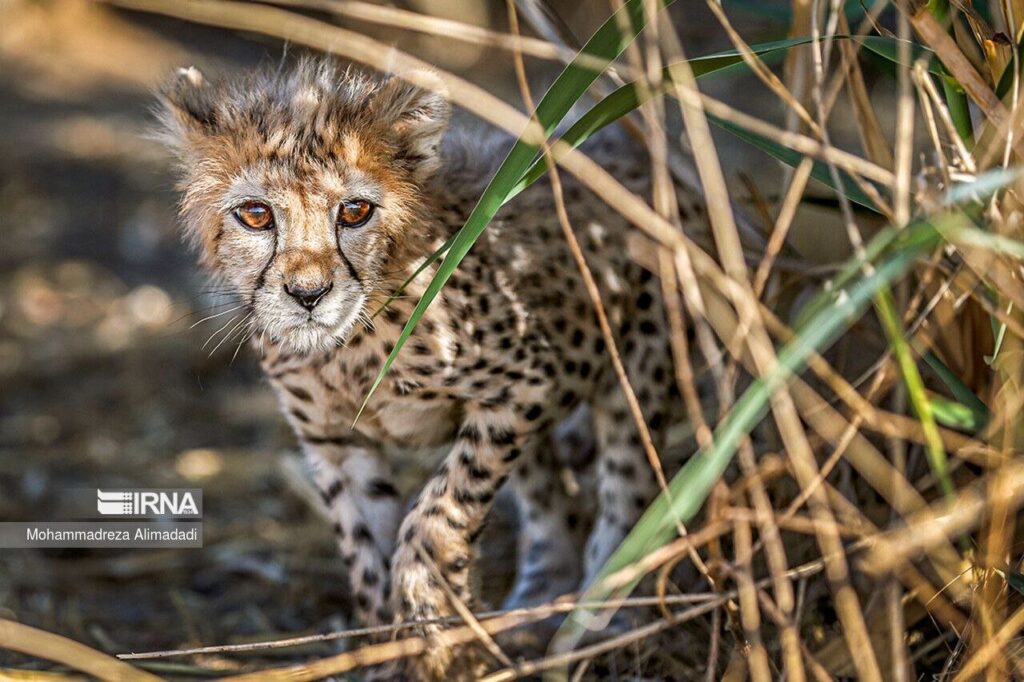President Tehran – Masoud Pezeshkian has issued an order mandating the Ministry of the Environment (DOE) to develop a strategic plan to maintain endangered species in the country.
According to the latest report from the International Union for Conservation of Nature (IUCN), around 154 Iranian vertebrates are extremely at risk of extinction.
“The country needs a comprehensive and operational plan in the environmental sector covering a variety of environmental sectors. It should include goals, assumptions, operational measures, financial resources and results,” the IRNA quoted as saying by the president.
Iran is a rich country in terms of biodiversity, with around 37,500 species and over 8,000 plant species. Additionally, it is home to 579 bird species, 214 mammal species, 284 reptile species, 23 amphibian species, 309 freshwater fish species, and 763 marine fish species from the Persian Gulf, Oman Sea and Caspian Sea.
In addition, approximately 35,283 invertebrates have been identified in the country, of which more than 32,600 are arthropods. Over 94% of the country’s animal species diversity belongs to invertebrates, with less than 6% for vertebrates. At least 26,800 species of insects account for more than 70% of the country’s total species.
Asian cheetahs and ostricis are one of the species that has lost their natural population to under the age of 25, but are at risk of extinction. Furthermore, there are five species of Caspian sturgeons, which are unique in the world, disappearing from the waters of Caspia.
Extinction of species is a natural phenomenon, but the rate at which they disappear is a concern, according to experts. Unfortunately, the current rate of extinction is accelerating in the present era due to human activity. It will have serious consequences for ecosystems and planetary well-being.
Referring to the country’s biodiversity, DOE official Hamid Zorabi said, “Sadly, the unsustainable exploitation of biological resources has affected and destroyed ecosystems in several areas.”
Officials made their remarks on the occasion of World Biodiversity Day, celebrated annually on May 22nd.
DOE is in charge of the Convention on Biodiversity. The three main objectives of the treaty include saving biodiversity, promoting sustainable use of natural resources, and equal sharing of biodiversity benefits.
To realize these goals, community involvement is required. Environmental protection must be sustainable and social and economic factors must be taken into consideration in the planning, officials noted.
When it comes to water resource management, the situation is unfavourable as one of the most important ecosystems in maintaining biodiversity.
Almost a majority of the country’s wetlands are depleted. With many rivers depleted or becoming seasonal rivers, these ecosystems effectively lose most of their biodiversity conservation capabilities.
Forest ecosystems are also in extremely unstable and inappropriate conditions. Forest ecosystems are degraded for many reasons, including fires and uncontrolled livestock grazing. This leads to pests and diseases controlling the ecosystem. Soil erosion increased, and sand and sandstorms became more common.
The first meeting on the development of a strategic plan for the conservation of the country’s biodiversity will be held with expert participation and will continue until the plan is completed, Zohrabi noted.
International Day for Biological Diversity is celebrated on May 22nd. The day highlights the inherent connection between people and the natural world through “harmony with nature and sustainable development.”
This highlights the need to achieve the Kunming Montorial Global Biodiversity Framework (GBF) target in conjunction with the achievement of the Sustainable Development Goals (SDG) in 2030 to halt and reverse biodiversity loss.
On May 7, the head of the Wildlife Conservation Agency said habitat losses worsened by climate change are the main cause of species’ population decline.
Climate change is one of the factors contributing to the serious destruction of habitats, particularly aquatic ecosystems, which are under severe threat from droughts and declining water resources.”
The DOE is taking different measures to address these challenges and protect endangered species species, Ebdali noted.
The measures focus primarily on tackling illegal hunting, boosting international cooperation and developing action plans to conserve species, officials added.
mt/mg

